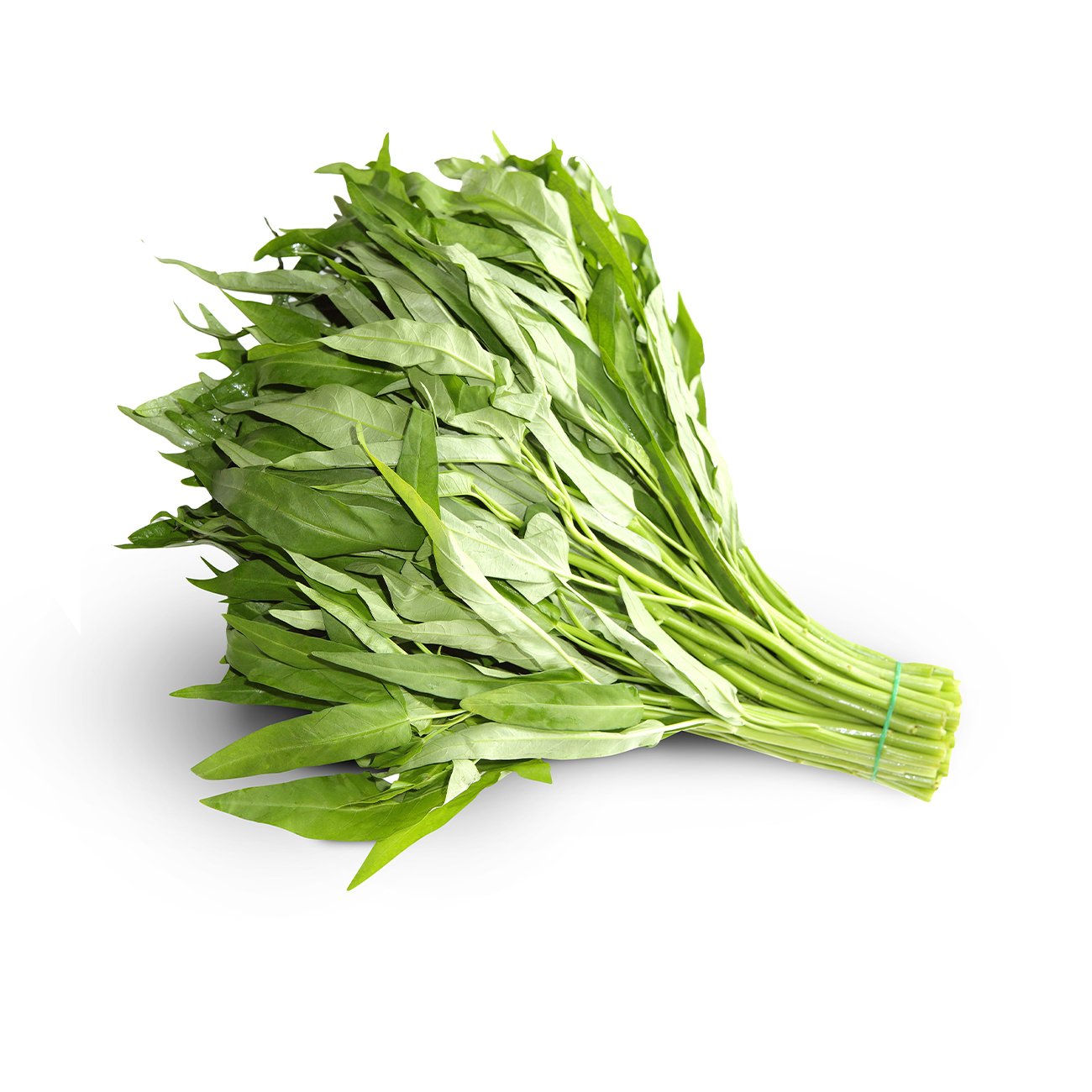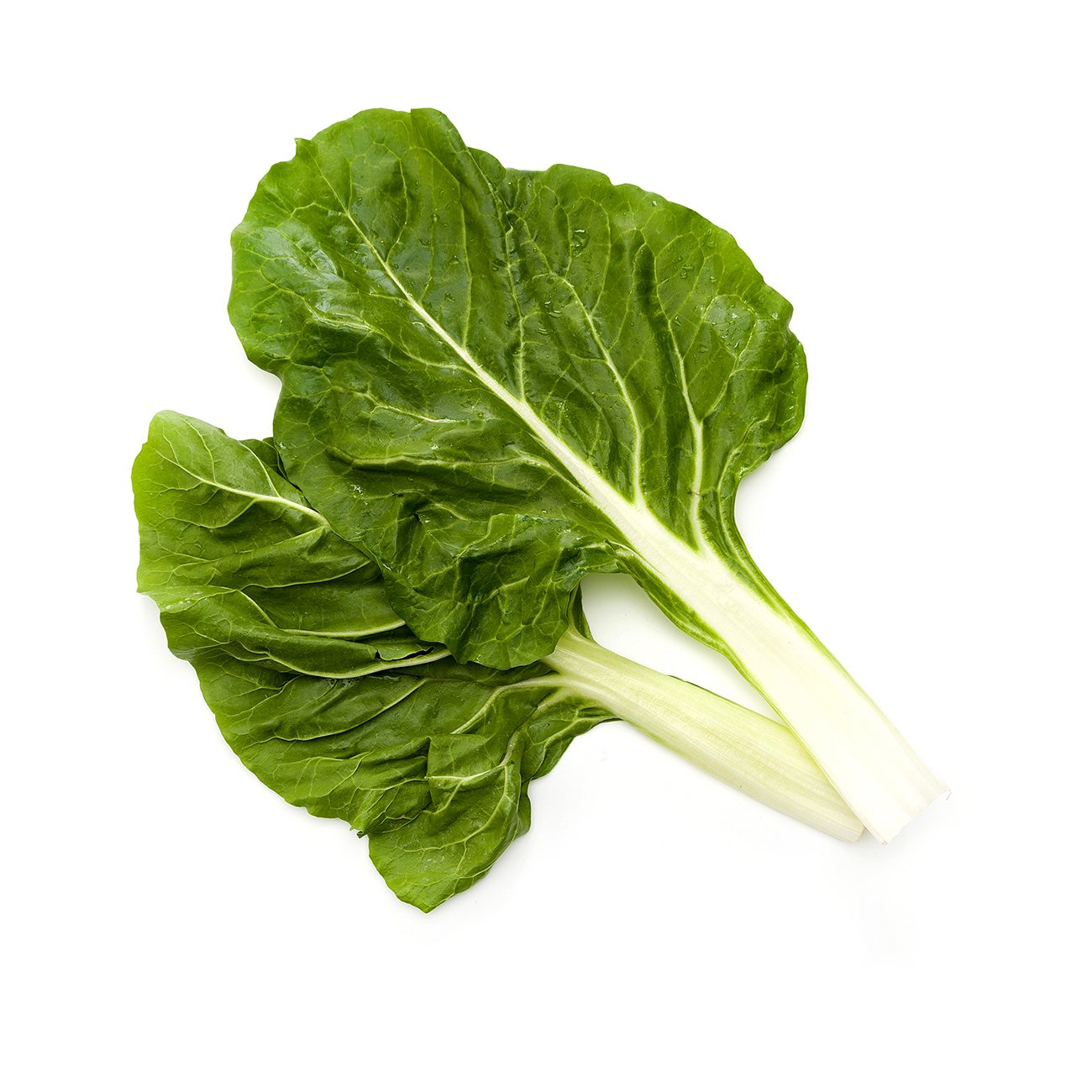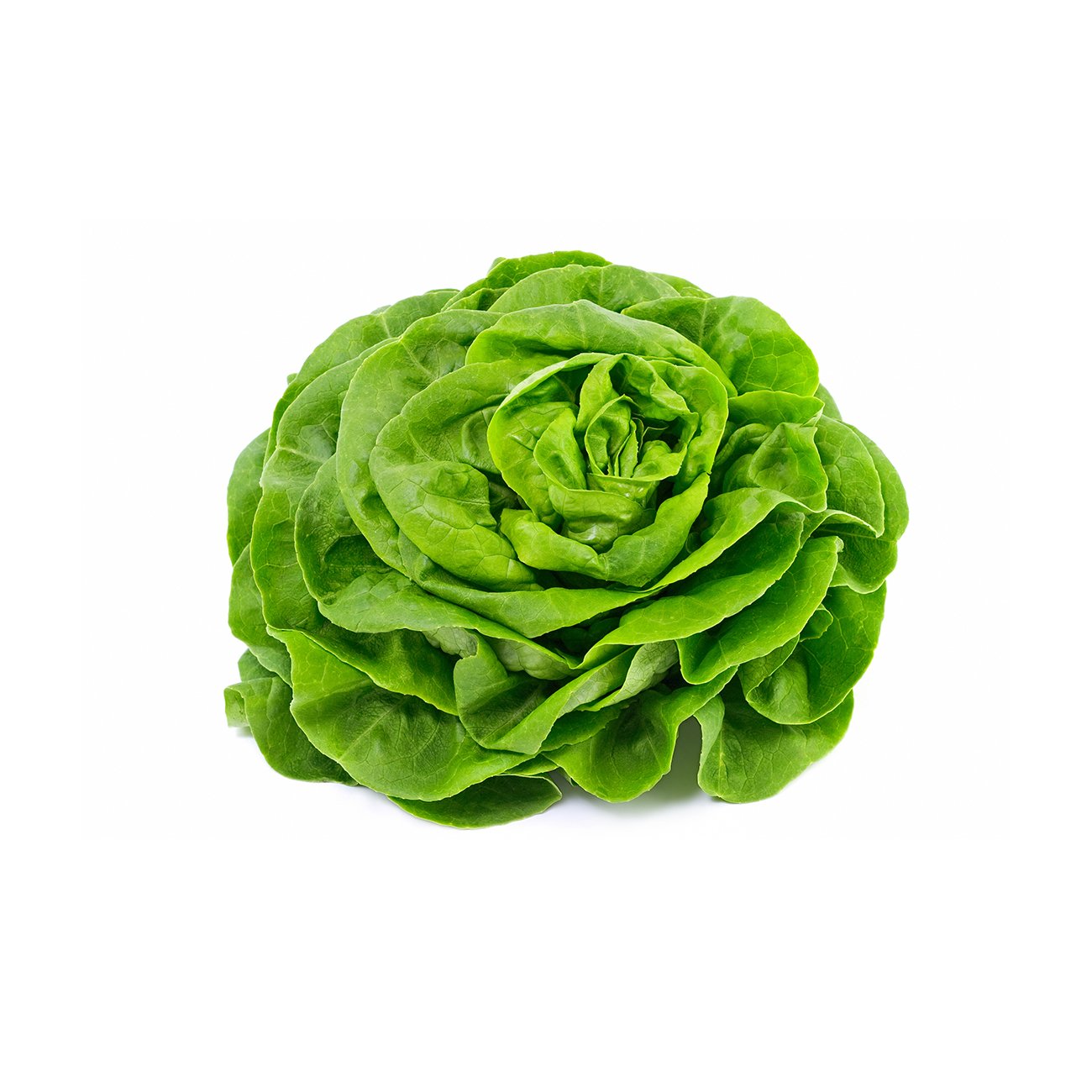Spinach
A soft and tender leafy veg with a mild flavour.
Alternative Name
N/A
Scientific Name
Spinacia oleracea
Health benefits
Brain & nervous system Digestion Heart Hydration Immune system Skin Vision
Spinach is a versatile leafy green, used in almost all cuisines. Mature and baby leaf types are available. Its delicate flavour allows it to be used treated simply either raw or cooked. It pairs well with garlic, cheese, lemon, chicken, fish, eggs, cream, rice and more.
-
Harvesting
Spinach, whether bunched or as leaves, should be uniformly green, fully turgid, fairly clean and free from serious damage. For bunched spinach, roots should be trimmed short to grade standards and petioles should be predominantly shorter than the leaf blade.Postharvest storage temperature
Optimum storage is 0°C. Spinach is highly perishable and will not maintain good quality for more than 2 weeks. Wilting, yellowing of leaves and decay are likely to increase following storage beyond 10–14 days; faster at common distribution conditions of 5–10°C. Package icing and top icing loads may be used. Frequent light misting may be done in displays to delay wilting of bunched spinach.Controlled atmosphere storage
Atmospheres of 7–10% O2 and 5–10% CO2 offer moderate benefit to spinach by delaying yellowing. Spinach is tolerant to higher CO2 concentration but no increase in benefits has been observed. Package film for prewashed spinach leaves is selected to maintain 1–3% O2 and 8–10% CO2.Ethylene sensitivity
Spinach is highly sensitive to exogenous ethylene. Accelerated yellowing will result from low levels of ethylene during distribution and short-term storage. Do not mix loads such as apples, melons and tomatoes with spinach.Humidity storage
Store at 95–98% relative humidity.Disease & infection
Bacterial soft rot (primarily erwinia and pseudomonas) is a common problem. Decay is usually associated with damaged leaves and stems. -
Keep in vegetable drawer of fridge.
Nutrition information
| Qty per serve | % RDI per serve | Qty per 100g | |
|---|---|---|---|
| Energy | 76 kJ | 1% | 101 kJ |
| Protein | 2.0 g | 4% | 2.6 g |
| Fat, total | 0.2 g | 0% | 0.3 g |
| – saturated | 0 g | 0% | 0 g |
| Carbohydrate | 0.5 g | 0% | 0.7 g |
| – sugars | 0.5 g | 0% | 0.7 g |
| Dietary fibre, total | 3.1 g | 10% | 4.1 g |
| Sodium | 17 mg | 1% | 23 mg |
| Folate | 90 µg | 45% RDI | 120 µg |
| Vitamin A (from carotenoids) | 252 µg RE | 34% RDI | 326 µg RE |
| Vitamin C | 22 mg | 54% RDI | 29 mg |
| Vitamin K | 362 µg | 453% ESADDI | 483 µg |
| Iron | 2.6 mg | 22% RDI | 3.5 mg |
| Magnesium | 56 mg | 17% RDI | 74 mg |
| Manganese | 0.55 mg | 11% ESADDI | 0.73 mg |
| Potassium | 467 mg | - | 623 mg |
Note: % RDI are based on an average adult diet of 8700 kJ. Your daily intakes may be higher or lower depending on your energy needs. RDI = Recommended Dietary Intake; ESADDI = Estimated Safe and Adequate Daily Dietary Intake.

You might also like
Veggy tip
Spinach contains a lot of lutein, which is linked with eye health. Cooking spinach makes some nutrients more easily absorbed by your body but be careful not to overcook it—steaming is best.




